
The Business of Fashion
Agenda-setting intelligence, analysis and advice for the global fashion community.

Agenda-setting intelligence, analysis and advice for the global fashion community.
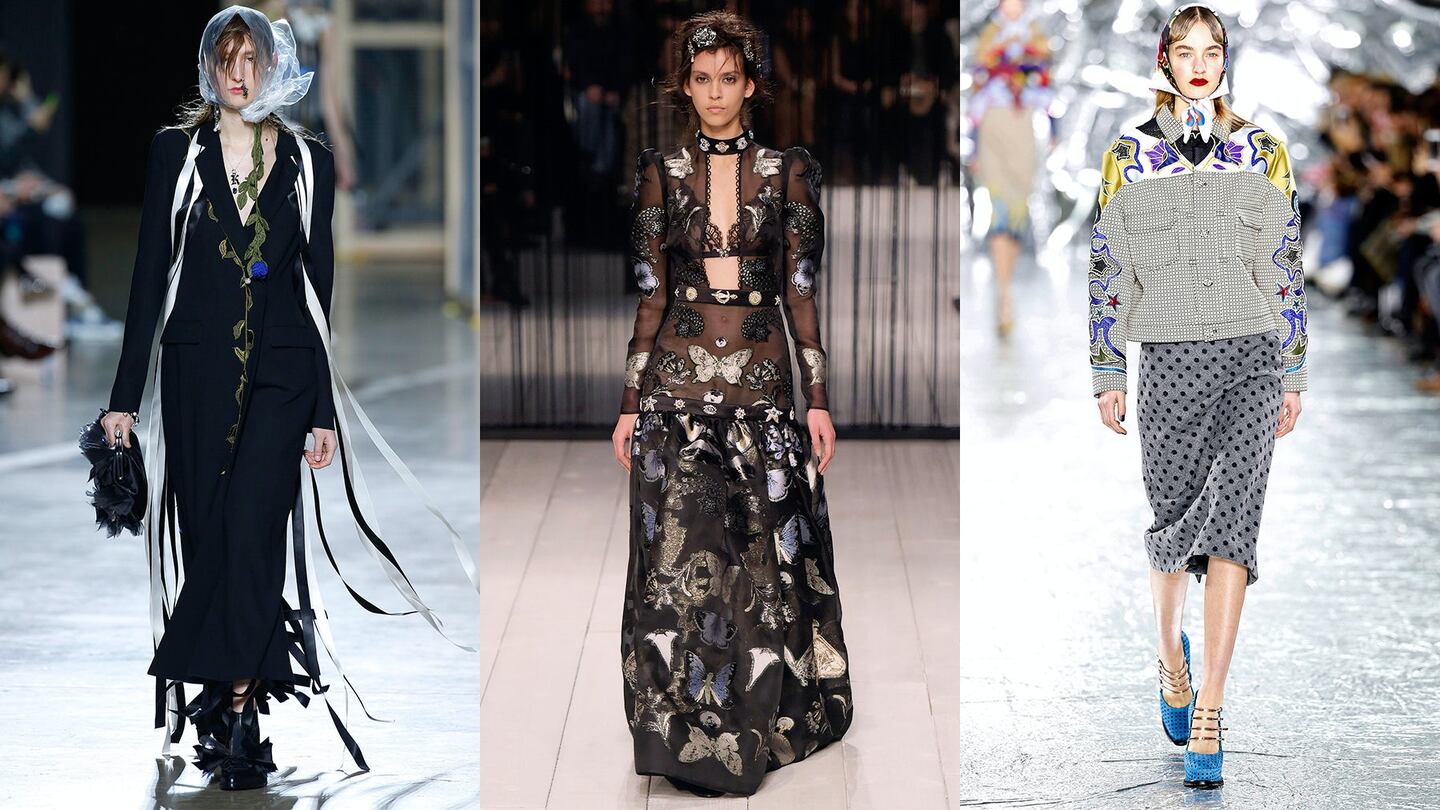
LONDON, United Kingdom — Mea culpa. I have been skipping London Fashion Week for quite a while now and feeling a bit guilty about it, especially in light of the city's reputation as a hotbed of creative talent. This season, I finally reversed course and came to town, only to find myself confronted, once again, with an avalanche of appropriation and a flood of bland and disappointing collections that failed to spark emotion. If London is the world's leading incubator of fashion talent — and indeed there is unmistakable energy around the local (decidedly insular) fashion system — the days ahead look less than rosy.
For a start, many of the shows felt like costume plays — exercises in fantasy-making with little relation with the real world — so forget about wearing these clothes in everyday life. Peter Pilotto fell into this category, making you feel as if you had just seen a sci-fi movie, while the clothes themselves, shiny and showy, looked like something street-style starlets would wear to attract attention, which meant ideas worthy of a fast camera snap and not much more.
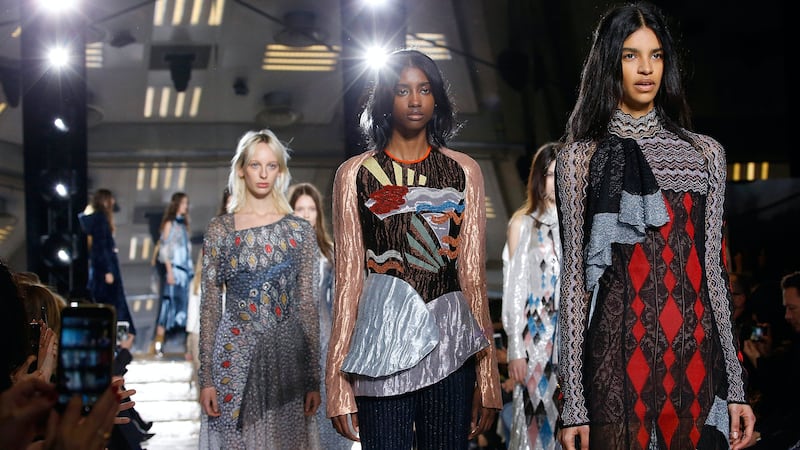
Peter Pilotto Autumn/Winter 2016 | Source: InDigital.tv
[ View CollectionOpens in new window ]
Trouble was also evident at Gareth Pugh. His angular, out-of-this world fantasies have given way to strong-shouldered pantsuits and a vision of femininity so deeply rooted in the past — think replicant Rachel from Blade Runner in her 1940s gear — that one kept wondering who Pugh was targeting. For sure, it's not the club kids and cool girls who once craved his architectural designs.
ADVERTISEMENT
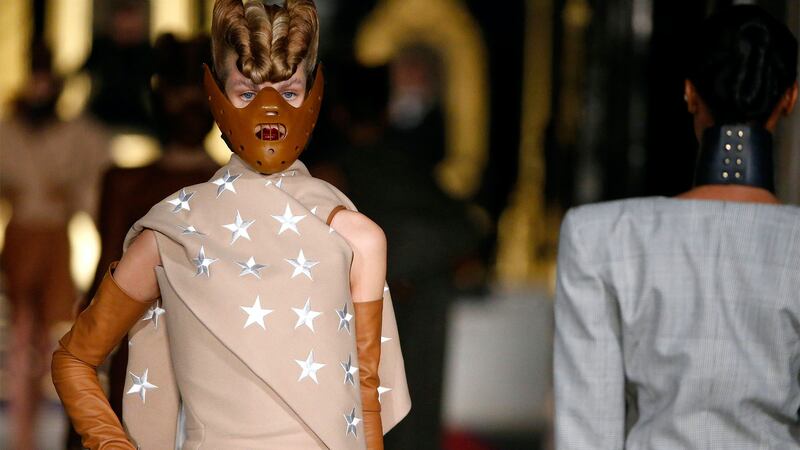
Gareth Pugh Autumn/Winter 2016 | Source: InDigital.tv
[ View CollectionOpens in new window ]
Another designer who seems to have lost track — temporarily, let's hope — is Christopher Kane who, on the verge of celebrating his label's 10th anniversary, plunged into an haphazard bag-lady extravaganza that sadly had little link to the challenging design ethos that made him a true innovator. Even Sarah Burton's latest effort for Alexander McQueen was flimsy, pale and inconsistent — and, truth be told, laden with references to the work of Maria Grazia Chiuri and Pierpaolo Piccioli at Valentino — that one kept wondering where the slightly sinister yet deeply poetic charm of the house was.

Alexander McQueen Autumn/Winter 2016 | Source: InDigital.tv
[ View CollectionOpens in new window ]
Miuccia Prada and Balenciaga-era Nicholas Ghesquiere are all-time favourites for appropriation. But at Mary Katrantzou, the Miu Miu echoes were blatant. And, despite his status as a conceptual brainiac, even Jonathan Anderson's capelets and the flying saucer hems of his twisted take on cocktail dressing owed a consistent debt to Ghesquière. The arrival of Johnny Coca at Mulberry certainly presents the chance for a major reboot at the brand. But with bits and pieces taken from here and there — not least Céline, where Coca previously worked — this collection, too, looked like a well-edited exercise in referencing.
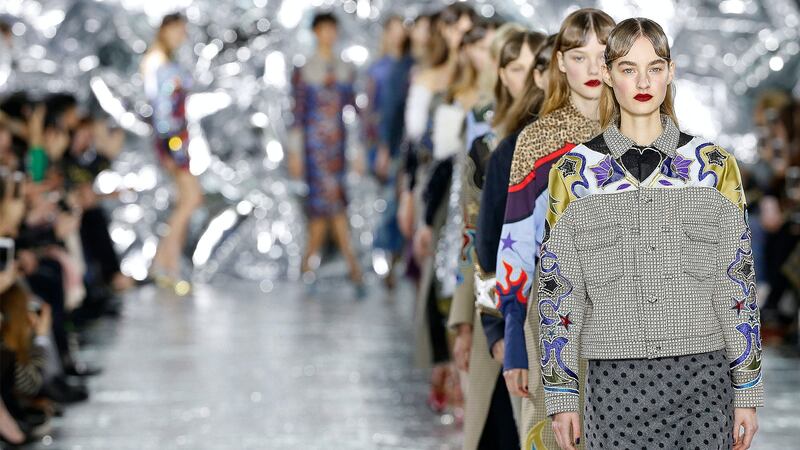
Mary Katrantzou Autumn/Winter 2016 | Source: InDigital.tv
[ View CollectionOpens in new window ]
The on-going shift towards 'see now, buy now' collections — which risks turning fashion designers into mere merchandisers, urging spectators to place orders — is not helping the state of affairs in London, either. The issue was evident at Burberry, the first major brand to embrace direct-to-consumer shows, starting next season. Here, the patchwork theme — rendered as a pell-mell of materials and messy, individualised styling — did not lift what looked like a tired line-up of bland and wholly forgettable items whose only difference from the dull goods on the high street was the cost of the materials and hence the final price tag.

Burberry Autumn/Winter 2016 | Source: InDigital.tv
[ View CollectionOpens in new window ]
But all was not lost. In London, hope for the future had a female touch. Simone Rocha's twisted, romantic vision was a joy to behold. This season's collection was certainly a tad heavier than previous efforts and probably the closest Rocha has ever come to the work of both her father John Rocha, and Yohji Yamamoto. Yet it oozed the kind of unbridled poetry and free thinking one craves from London.
ADVERTISEMENT
Faye and Erica Toogood's brand of blue-collar couture — all workwear references and wonderfully tactile fabrications — is decidedly niche, but timelessly progressive. Paula Gerbase is also progressing at 1205, while a honorary mention must go to Louise Trotter for the effort she has put into transforming Joseph's own-label from mere product to proper fashion.
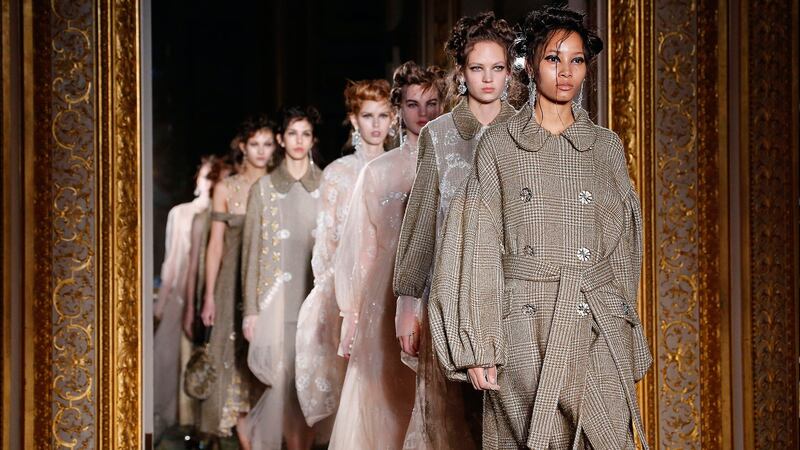
Simone Rocha Autumn/Winter 2016 | Source: InDigital.tv
[ View CollectionOpens in new window ]
The distinction between the two is, in a way, the industry’s eternal riddle. Ultimately, we are here for the clothes. Yet clothes, without genuine creative vision, are just lifeless objects that we can easily do without. This is a lesson London urgently needs to remember.
From where aspirational customers are spending to Kering’s challenges and Richemont’s fashion revival, BoF’s editor-in-chief shares key takeaways from conversations with industry insiders in London, Milan and Paris.
BoF editor-at-large Tim Blanks and Imran Amed, BoF founder and editor-in-chief, look back at the key moments of fashion month, from Seán McGirr’s debut at Alexander McQueen to Chemena Kamali’s first collection for Chloé.
Anthony Vaccarello staged a surprise show to launch a collection of gorgeously languid men’s tailoring, writes Tim Blanks.
BoF’s editors pick the best shows of the Autumn/Winter 2024 season.